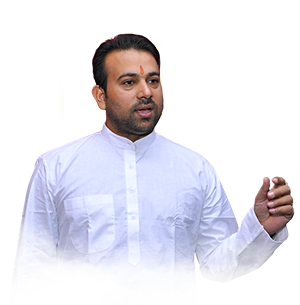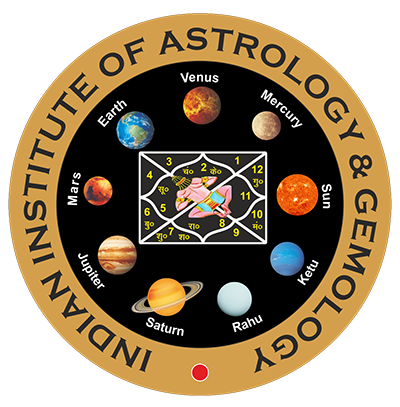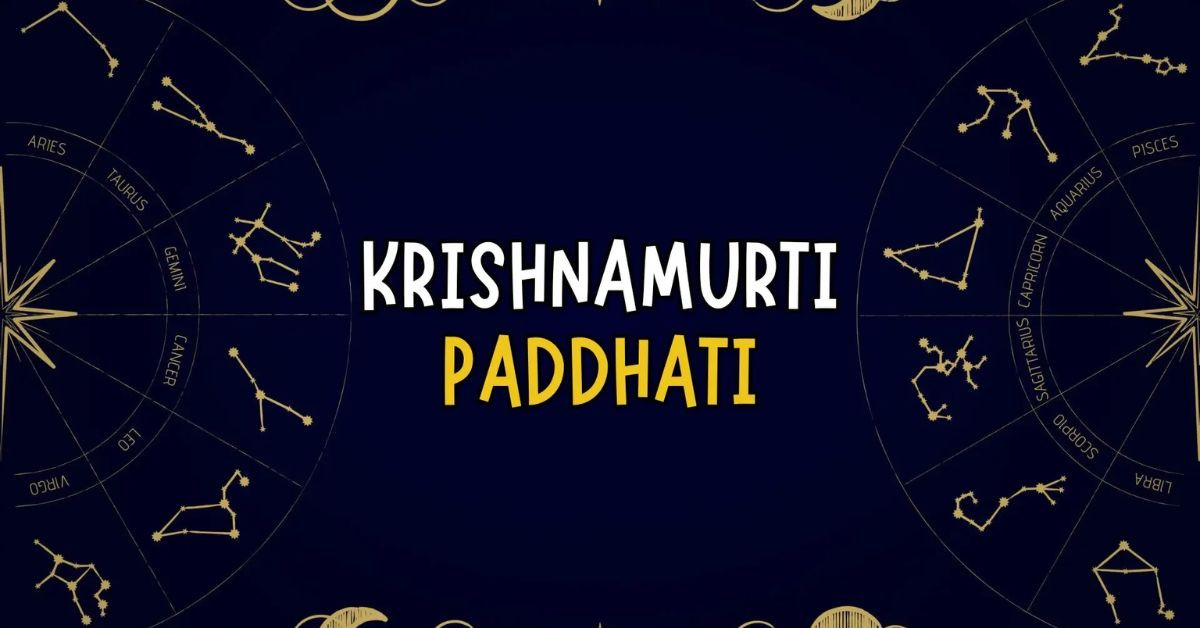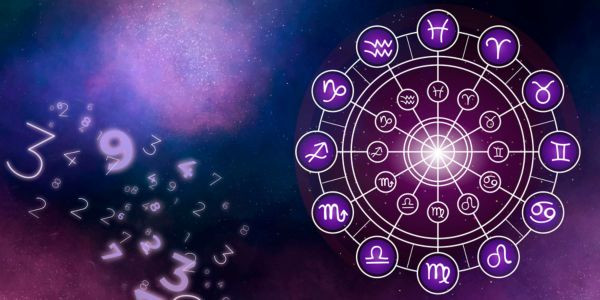




5346 Views | October 30, 2024
Krishnamurti Paddhati (KP) is a unique system of astrology that offers a more precise method of predicting events, personality analysis, and knowing one's future. Late Shri Krishnamurti, an Indian astrologer, created this system, and it is different from other systems because it offers a simple method of chart interpretation, giving detailed information on how life works through the position of the stars and their influence on human life. This is a comprehensive tutorial to learn KP Astrology, its philosophy, and how it is different from classical Vedic astrology.

Krishnamurti Paddhati adheres to the system of the Nakshatra or the lunar constellations of Vedic astrology. It has a deep emphasis on the sub-lord of every planet, which is a sub-division of the Nakshatra under the lordship of the planet. It makes predictions based on the sub-lord that are more precise than under regular astrology.
In KP astrology, not only is the birth chart of an individual interpreted in relation to the Rashi (zodiac sign) and Bhavas (houses) but also in relation to the combination of planets, Nakshatras, and their respective sub-lords, so it is a more advanced level of interpretation.
1. Sub-Lord Theory: The most unique aspect of Krishnamurti Paddhati is the employment of the sub-lord. Each planet in an individual's birth chart has a particular Nakshatra and a sub-lord. The sub-lord controls the activities of the planet with greater and finer subtlety than the simple Nakshatra lord. For instance, the Moon, when positioned in the Ashwini Nakshatra, could have Mars as its sub-lord. The impact of the sub-lord is studied to foretell the type of events connected with the Moon.
2. Cuspal Interlinkage: KP Astrology employs the concept of Cusps, i.e., the division of astrological houses. Every cusp is associated with a specific Nakshatra, and this becomes a determining factor in deciding the timing of events and prediction. The position of such cusps is also significant since it decides the direction of life energies within certain houses and hence reflects the direction of an individual's life.
3. Ayanamsa and Precision: As compared to traditional Vedic astrology, in which Lahiri Ayanamsa is used to account for the difference between the sidereal and tropical zodiacs, Krishnamurti Paddhati uses a more accurate system of calculating the exact position of planets such that the predictions are more accurate and time-specific. The accuracy enhances the accuracy of timing predictions, such as the Dasha periods (planetary periods) and their sub-periods (Bhukti).
4. Planetary Periods (Dasha): Krishnamurti Paddhati is a streamlined system of the Dasha system (the planetary cycles of time). Each planet influences an individual for a certain period, but KP astrology considers both the main lord and sub-lord, as well as their relationship, to give a more specific idea of the timing of events in a person's life.
5. Stellar Influence: The Nakshatras system constitutes the basis of this astrological system. KP astrologers are interested in the position of the stars within the birth chart. The position of each planet within a Nakshatra relates to some quality, situation, and potential outcome, which are interpreted by their respective sub-lords. The role of the stars in this regard is imperative, as they impart the cosmic relationship to the behavioral effect of each planet.
1. One of the strongest arguments of KP astrology is that it can make more accurate timing of events. As it considers the Nakshatras, sub-lords, and cusps, it can generally make predictions closer to the real timing of the event. For instance, the financial turn of an individual can be predicted in a specific sub-period (Bhukti), based on the relationship between planets and Nakshatras.
2. Most people make use of astrology to gain clarity in significant life choices like profession, marriage, or investment. In KP astrology, the precise examination of the sub-lords and their effects on various houses gives direct information, and therefore decision-making is easier with clarity.
3. It is also considered to be simpler to learn and implement than traditional Vedic astrology, especially for the novice. While traditional Vedic astrology contains a lot of rules to grasp planetary aspects and conjunctions, KP Astrology goes straight to the point: planets, their Nakshatras, and sub-lords. In this way, the practitioners find it easier to reach logical conclusions.
4. The system is very adaptable to use in specific scenarios, thus making it very convenient not just for personal forecasts but also for analysis of events on a world scale. In addition to chart readings, KP astrology is used in business forecasting, election scheduling, and even for important social events like weddings.
While both the traditional Vedic astrology and Krishnamurti Paddhati share their origin in the same foundation, they differ in methodology and technique in the following sense:
1. Focus on Nakshatras and Sub-Lords: Vedic astrology of the classical school considers Nakshatras and zodiac signs but not necessarily sub-lords. Krishnamurti Paddhati uses sub-lords as a significant consideration in analyzing a chart to be able to provide more accuracy in predictions.
2. Cuspal Interlinkage: Krishnamurti Paddhati's emphasis on cusps and the Nakshatras to which they pertain provides a more dynamic and comprehensive picture of the movement of energies in different aspects of life.
3. Use of Ayanamsa: While both systems use some form of Ayanamsa to adjust for the precession of the equinoxes, Krishnamurti Paddhati uses a more advanced method of Ayanamsa, resulting in more precise planetary positions.
4. Predictive Precision: It offers more subtle precision in the timing of the event (transits, Dashas, etc.), since it also takes into account the position of the planet and even its Nakshatra/sub-lord. Traditional astrology is more likely to consider the general impact of the planets.
1. Marriage and Relationships: KP astrology is applied to forecast the appropriate time for marriage, compatibility with the spouse, and relationship problems depending on the position of Venus, the 7th house, and their corresponding Nakshatras.
2. Career and Profession: Sub-lords of planets such as the Sun, Mars, and Mercury and the 10th house are most important in showing the life of a working person. KP astrology can also show indications about which profession is going to prove to be a source of success and happiness.
3. Financial Predictions: KP astrology can also be employed to predict business success or failures. Astrologers are able to accurately predict money flow by identifying the role played by planets like Jupiter (for success) and Saturn (for diligence and perseverance) in individual houses.
4. Health and Well-being: The 6th house, combined with the positions of the Sun and Mars, helps in passing judgment on a person's health. It can detect when a person is likely to be experiencing health issues and suggest remedies.
It is an advanced school of astrology offering a more systematic, accurate, and complete method of chart study. Its emphasis on sub-lords, Nakshatras, cuspal relationship, and exact timing of events makes KP astrology a precious tool for predictive and remedial astrology. By emphasizing small but essential portions of the chart, KP astrology allows an individual to form a clear picture of the course of his/her life, make sound decisions, and be positively sure of what lies ahead in their life. Whether one is a layman or a veteran astrologer, learning Krishnamurti Paddhati is a gratifying experience, a precious instrument with which to unravel the mystery of life.